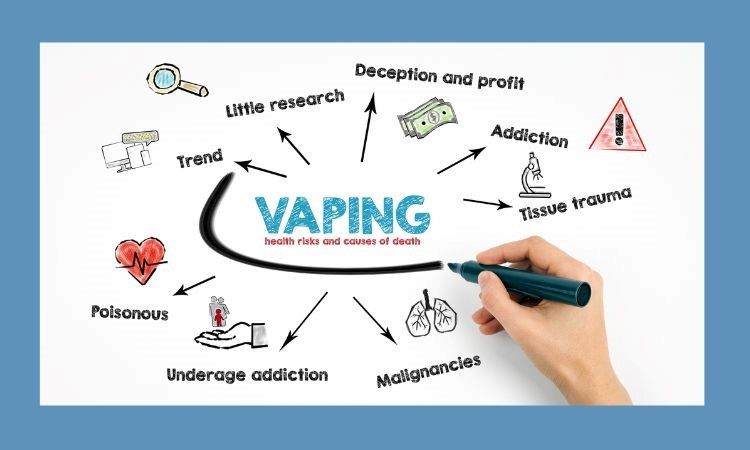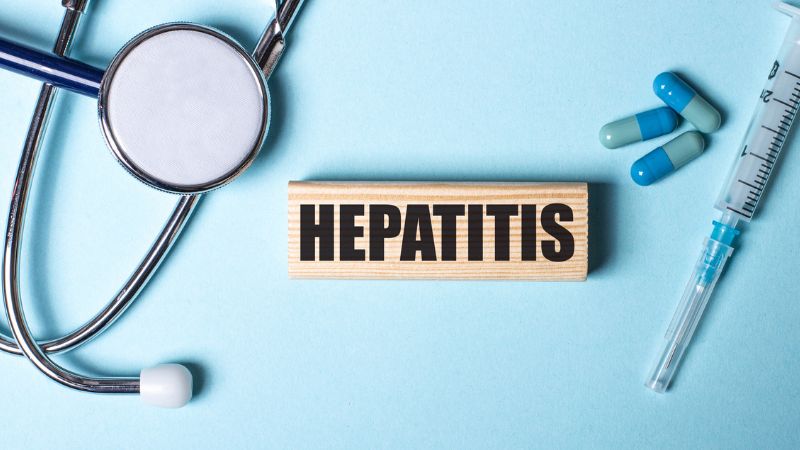Vaping Health Facts to Share with Your Kids


2.1 million students in the United States use e-cigarettes for vaping, and 550,000 of them are middle schoolers. As vaping becomes increasingly widespread among young people, parents must engage in open conversations about its health implications. Many children and teenagers think of vaping as a safer alternative to traditional smoking, often overlooking or being unaware of the vaping health facts and the significant health risks associated with it.
7 Vaping Health Facts and Dangers You Need to Know
With enticing flavors and sleek designs that appeal to younger audiences, vaping can appear harmless, but the reality is much more alarming. The long-term effects of vaping are still being studied, but the available evidence raises serious concerns about its impact on developing bodies and minds.
1. Potential for Addiction
Most vaping products contain nicotine, an addictive substance that can lead to dependence and withdrawal symptoms. According to the Centers for Disease Control and Prevention (CDC), nearly all vaping products used by youth contain nicotine, which can negatively affect brain development.
2. Lung Health Risks
Vaping can harm lung health, causing inflammation and obstructing normal lung function. Various studies have indicated that vaping may lead to respiratory issues and has been linked to conditions like “vaping-associated lung injury” (VALI) and bronchiolitis obliterans, commonly known as “popcorn lung.” .

3. Intaking Toxic Chemicals
One of the most critical vaping health facts to understand is that e-cigarette vapor isn’t just harmless water vapor. It contains a range of harmful chemicals, including formaldehyde, acrolein, and heavy metals, which can have detrimental effects on your health when inhaled over the long-term.
4. Impact on Mental Health
Emerging research suggests a connection between nicotine use and mental health issues such as anxiety and depression. Vaping can worsen existing mental health conditions and contribute to a cycle of reliance. 90% of young adult e-cigarette users who quit said they felt less stressed, anxious, or depressed.
5. Influence of Peer Pressure
Many teens start vaping due to peer pressure. This may be the hardest to quantify of all the vaping health facts, but its influence is real. Peer pressure is immense and must be considered. Parents, coaches, teachers, and doctors are in highly influential positions. They can significantly impact young people by having open and honest conversations about empowering kids to make their own decisions and the dangers of following others.

6. Influences of Marketing
The aggressive marketing of vaping products targets younger demographics, normalizing their use and making them seem appealing and harmless. Parents must make kids aware of these tactics and reinforce the dangers and the true agenda behind such marketing.
7. Potential to Transition to Smoking
Research indicates that youth who vape are more than 4x likely to become smokers later on. Vaping can serve as a gateway to traditional smoking, further endangering young users.
Your Healthcare Provider Plays an Important Role
The doctors at Harmony Healthcare Long Island are here to meet all of our patient’s needs, including addressing any questions or health concerns related to vaping. Together, we can work toward building a healthier future for our kids and our community, one informed choice at a time.








